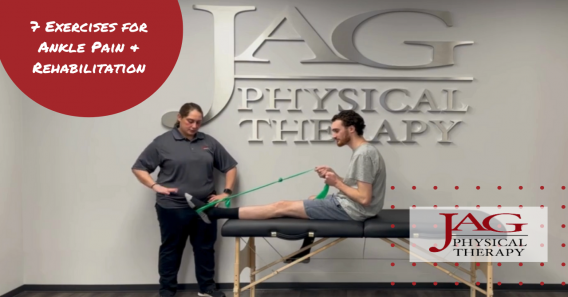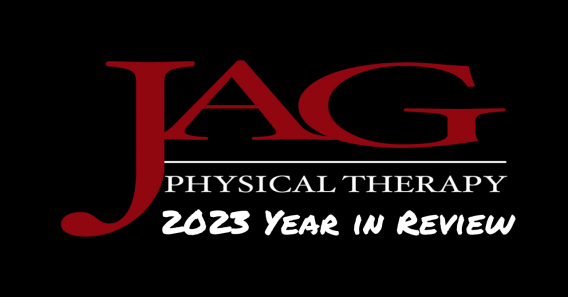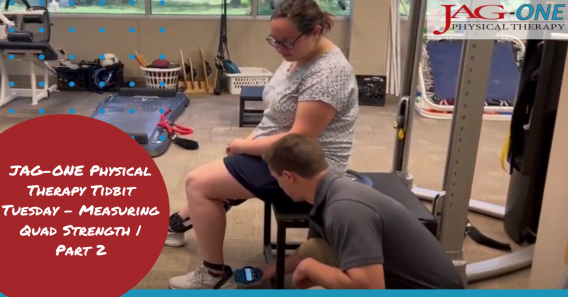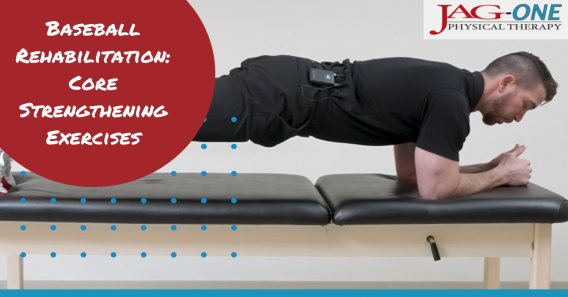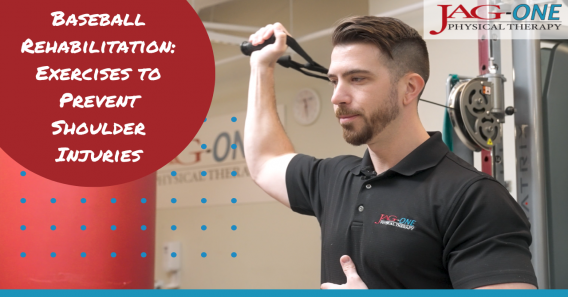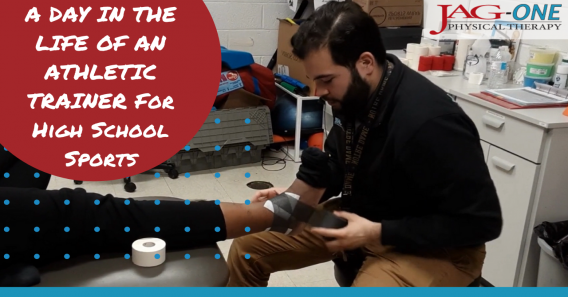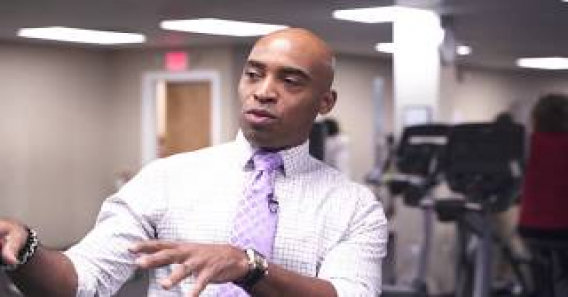Written by Joshua Berg, LAT, ATC
When the American Medical Association recognized athletic training as an allied health profession in 1990, and the Board of Certification (BOC) became an independent authority a year earlier, the profession reached a critical milestone. These achievements weren’t just symbolic—they validated decades of hard work by early leaders who fought for standards, recognition, and professional legitimacy.
As the 21st century unfolded, athletic training entered a period of rapid transformation. The healthcare and education landscapes were evolving, and athletic trainers (ATs) found themselves evolving with them. No longer confined to the sidelines, ATs expanded into military settings, hospitals, performing arts, public health, and beyond—proving themselves as essential healthcare providers across diverse environments.
This article traces the key developments in athletic training from the 1990s to today. It’s a story of growth, advocacy, and modernization—one in which the profession not only kept pace with change but helped shape it.
The 1990s: Foundation for a Modern Profession
The 1990s were foundational. The BOC became independent, ensuring transparent certification. The NATA Research & Education Foundation was formed to promote evidence-based practice. Global engagement began, leading to the World Federation of Athletic Training & Therapy’s launch in 2000.
Efforts toward diversity also advanced: the Women in Athletic Training Committee formed in 1996, and Julie Max became NATA’s first female president in 1999. The decade closed with a stronger infrastructure and a broader vision.
2000-2010: Advocacy, Identity, and Expansion
With its foundation in place, Athletic Training turned toward influence. NATA launched its Political Action Committee (NATAPAC) in 2004, strengthening legislative advocacy. In 2008, four major organizations formed the Strategic Alliance to align efforts in certification, education, and research.
Tensions with the APTA led to a 2008 antitrust lawsuit and eventual cooperation. Meanwhile, ATs grew more vocal and visible, pushing for broader recognition and asserting their identity within healthcare.
2010-2020: Strengthening Infrastructure and Broadening Influence
In the 2010s, the profession expanded its influence. NATA created a dedicated Government Affairs Department in 2013 and debuted a rebranded logo to reflect its medical identity. New headquarters opened in Carrollton, Texas, and global partnerships deepened, including a formal affiliation with Japan’s JATO.
A major win came in 2018 with the Sports Medicine Licensure Clarity Act, allowing ATs to practice across state lines—securing legal recognition of their mobility and role in healthcare.
2020-Present: Resilience, Representation, and Reimaginning the Future
The COVID-19 pandemic tested the profession’s adaptability. ATs responded with resourcefulness, supporting public health and embracing virtual engagement. Kathy Dieringer’s presidency (2021) emphasized advocacy and visibility.
In 2022, two major changes occurred: NATA restructured its districts for the first time since 1966, and the master’s degree became the minimum educational standard for new ATs. In 2023, the DEIA Task Force became a standing council, cementing a long- term commitment to equity.
Today, ATs are not just keeping pace—they’re helping shape the future of healthcare.
Conclusion
In a few short decades, athletic training has transformed from a niche support role to an integrated, licensed, and advocacy-driven health profession. ATs are now clinicians, educators, and leaders, found in hospitals, schools, and arenas—responding to injury, advancing wellness, and driving innovation.
The future of Athletic Training is here, and the next chapter is already underway.
Contact JAG PT to learn more about Athletic Training.



























